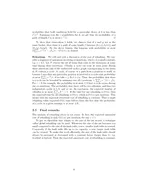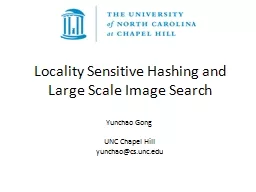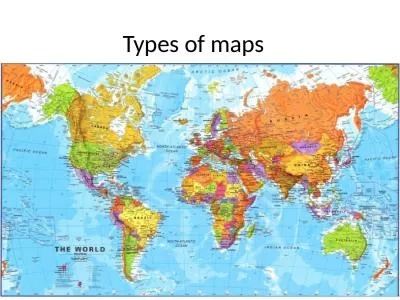PPT-Maps and Hashing Eric Roberts
Author : heartfang | Published Date : 2020-06-22
CS 106B February 15 2013 Simplifying the Map Abstraction Although templates offer considerable flexibility when you are designing a collection class they also complicate
Presentation Embed Code
Download Presentation
Download Presentation The PPT/PDF document "Maps and Hashing Eric Roberts" is the property of its rightful owner. Permission is granted to download and print the materials on this website for personal, non-commercial use only, and to display it on your personal computer provided you do not modify the materials and that you retain all copyright notices contained in the materials. By downloading content from our website, you accept the terms of this agreement.
Maps and Hashing Eric Roberts: Transcript
Download Rules Of Document
"Maps and Hashing Eric Roberts"The content belongs to its owner. You may download and print it for personal use, without modification, and keep all copyright notices. By downloading, you agree to these terms.
Related Documents














